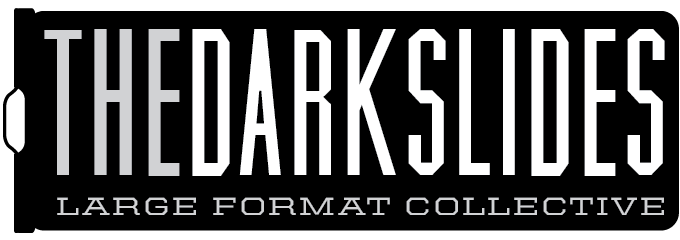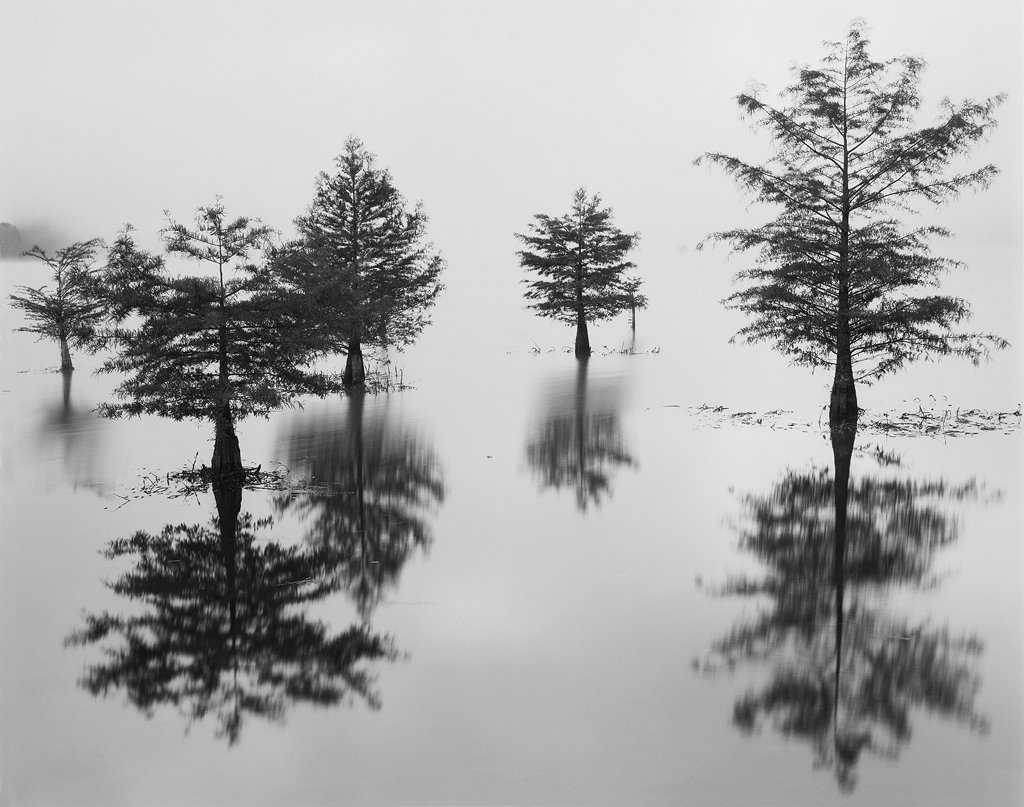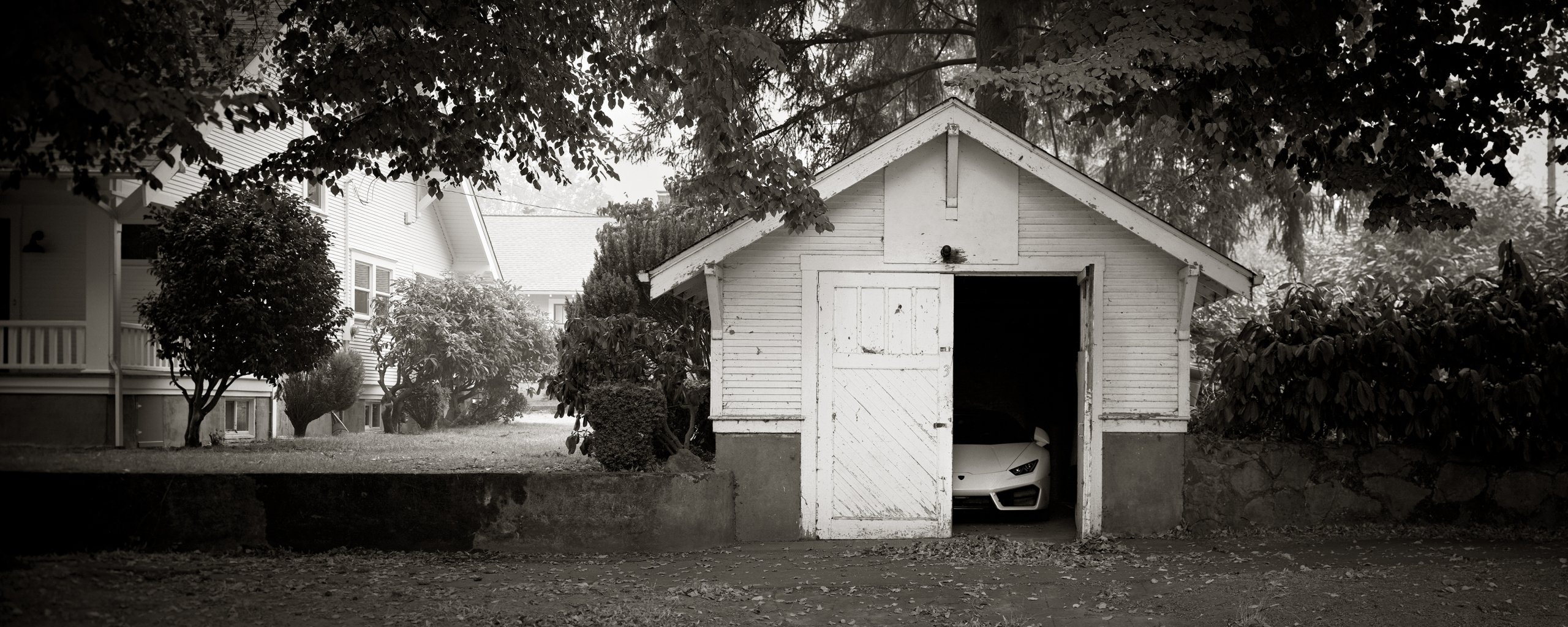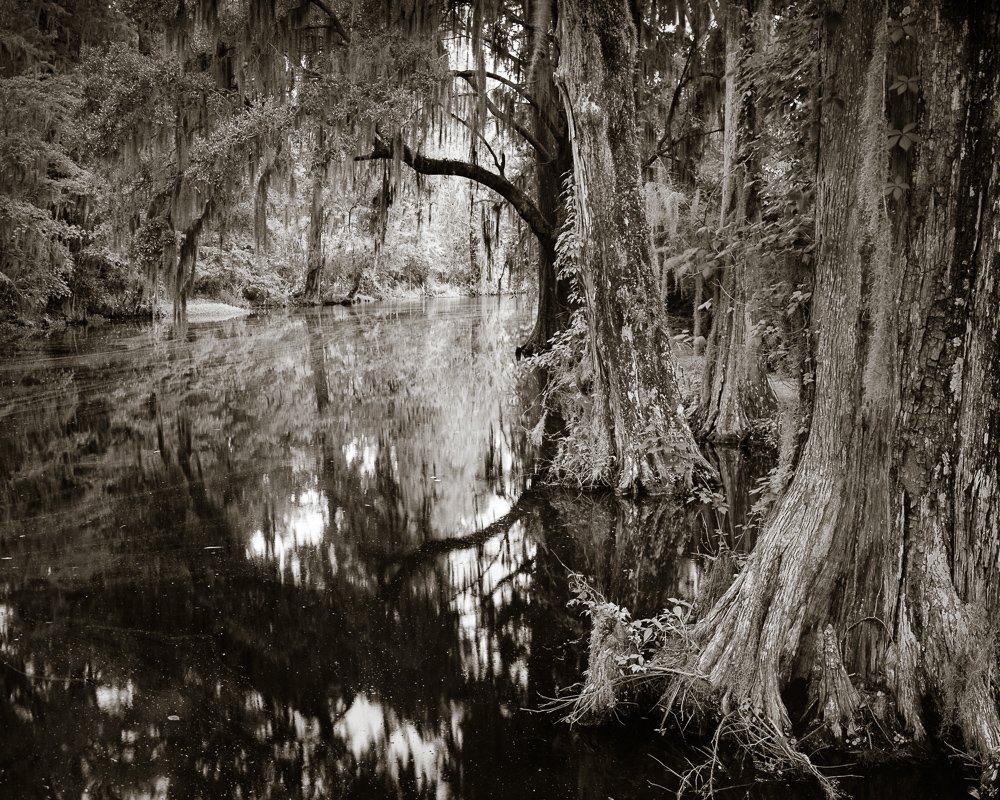As large format landscape photographers, it is of course a requirement to have shrines in our homes to the late Ansel Adams. Stories of his images are the stuff of literal legend. What would you do if you forgot your light meter and were so rushed that you only had time to expose a single sheet? I don’t know about you, but I wouldn’t even bother unpacking the camera! Instead, I would pull my phone out of my pocket, grab a quick snapshot, and then post it to the ‘gram (with appropriate hashtags of course) for maximum social media engagement. Ansel on the other hand, nailed his composition, set the exposure based on some obscure lumen value of the moon, exposed a single sheet, and Moonrise Over Hernandez was created. Like I said, the stuff of legend!
As great a photographer as Ansel was, he was perhaps an almost equal teacher. For those getting into large format or film in general (especially black and white film) his books remain must-reads, even if they are a bit heavy on obscure math in places. Personally, I learned how to use a camera by reading The Camera and learned to develop using The Negative…with a dash of YouTube teaching thrown in for good measure. I have not read The Print because I do not traditional print yet and am therefore not a real photographer. Maybe one day.
However, Adams didn’t quite teach us EVERYTHING that we need to know, and that’s why I’m here. We are going to fill in the holes he left so that now you can be a complete large format photographer creating your own Moonrise Over Hernandez. After reading this, I of course expect a portion of all of the sales from your award-winning prints…
IS THAT A HASSELBLAD?
In a world where essentially a super computer combined with a camera can fit in the pockets of even the skinniest of skinny jeans, why would anyone shoot with something as bulky as a wooden film camera? It’s a valid question, and one that you’ll be asked. A lot! These cameras will draw a crowd. For the most part, the crowds are just curious passers by genuinely wanting to know exactly what sort of contraption you are using and why.
The Hasselblad phenomenon was first brought to my attention by our own Ben Horne. In the early parts of my large format journey, he let me know of the attention the camera would garner and that people would almost always assume it was a Hasselblad. I don’t know quite what the big H did in their marketing past, but companies today would be well served to copy it. Anything that isn’t a typical DSLR is a Hasselblad; end of story. It matters not that Hasselblad does not make large format cameras, it’s the name that has stood the test of time.
Being that large format cameras were more common in Adams’ time, it is doubtful that he had to deal with such questions. So how do you handle them? It’s a timing issue really. Are you still in the composing, focusing, calculating exposure stage of the image? If so, then the answer to the Hasselblad question is a quick “yes” followed by a quick dive underneath the dark cloth. That’s your safe-zone there. You don’t have to actually look through the camera; just hide here until your audience moves on, bored with the tedium of film. Have you already taken the image and are relatively certain that you didn’t screw it up too badly? If so, you may take the time to (politely) educate your questioners that, yes, film does still exist, but this is not actually a Hasselblad. No, the picture doesn’t show up on the ground glass after I’ve taken it…the whole having to develop the film thing prevents that. No, after hearing my accent, I’m not actually from Texas. This last question might be exclusive to me though.
Also, take the time to make sure they’re following you on social media…
MEASURE 15 TIMES, CUT TWICE (BECAUSE WE ALWAYS SHOOT DOUBLES)
I don’t think Ansel Adams or anyone else could have possibly prepared me for all of the creative ways I would mess up sheets of film. Just when I think I’ve made every possible mistake, a new one sneaks in there. Maybe he simply didn’t make those kinds of mistakes being the absolute legend that he was. I’m somewhat less of a legend so here is a list of mistakes that I’ve made and how to remedy them.
Mistake – Pulling the dark slide with the shutter open.
Solution – Going off the wisdom of Ben Horne here. Before you ever even think of pulling the dark slide, fire off a test exposure. Large format shutters won’t fire unless the lens is closed. If your shutter fires, you know the lens is closed. This test “exposure” also lets you know if you have a sticky shutter, an intermittent issue on these decades-old lenses; staring straight at you 90mm Fujinon…
Mistake – Pulling the wrong dark slide
Solution – Just don’t be an idiot. This is self-explanatory. Also, you know those almost always useless rotate lock tabs on film holders? Those do actually serve one purpose, to keep you from pulling the dark slide on the ground glass side of the camera. As soon as I slide the film holder in place, I’ll rotate those to the back of the camera. That has saved me some money on several occasions.
Mistake – “Exposing” film without pulling the dark slide.
Solution – Again, just don’t be an idiot. This is one of my favorite mistakes. I can say that now because the image did eventually turn out. Deep in the heart of the Narrows one morning I calculated a 14 minute exposure on Velvia 50. Tripped the shutter, started the timer, then got bored at about the 7 minute mark. Another LF photographer was making his way through, so we talked a bit until my exposure was almost finished. I closed the shutter and then to my horror, could NOT find the dark slide. I searched everywhere before realizing that the reason I couldn’t find it was because I never pulled it. On a 14 minute exposure. Thankfully I had a peer close by to witness my idiocy so that was nice.
Mistake – Forgetting to stop down.
Solution – At the risk of sounding like a broken record, don’t be an idiot. Look, I realize that the bright and airy images can be all the rage, exposing an image at f/5.6 when the exposure was calculated for f/45 is not the best way to make images. Having done this on multiple occasions, I’ve developed a little mnemonic that I say before every exposure. “Stop down, lock down.” Seriously, I say it every time. Stop the aperture down, and then close (lock down) the shutter. Sounds silly, but it has worked!
As you can see, most mistakes can be solved by simply not being an idiot. (On an unrelated note, this applies nicely to life in general.) Having an aviation background, I’ll draw from that and say make a checklist. Especially when you are just beginning, having a list so that you don’t have to rely on memory for these steps is an invaluable tool. Once you have gained some experience you can leave the list behind…so that you can make the same mistakes again at a later date.
PATIENCE IS A VIRTUE…IT’S ALSO A NECESSITY
Ansel Adams did talk about diligence while making images, but I’m not sure he prepared me for quite the level of patience that would be needed to make a successful large format image. Keep in mind we are talking about a man who, despite appearances, did actually make a large percentage of his images from the top of his car. Wind is now your ultimate nemesis and you’ll spend sometimes hours waiting for a few leaves or blades of grass to just hold still. Clouds can be equally frustrating as, when you need them they’re never there, and when you want clear skies they inevitably return. A story from the Narrows comes to mind here. When I was in the middle of a 4-minute exposure once, the light suddenly disappeared. I looked upward to see the tiniest of clouds occluding the sun that I so desperately needed. I closed the shutter, tried to restart it once that cloud passed, but the film was ruined. That’s ok though. It’s only wasted money. And soon to be (probably) discontinued Velvia.
Another time, as I was envisioning an image that required fog, I waited months for the optimum conditions. I by necessity became an expert on East Tennessee meteorological patterns. I now possess the completely useless ability to accurately predict heavy fog in my hometown. It’s completely worth it though as it resulted in one of my favorite images. Not to start a film vs digital war as of course you can be as patient as you want while holding your (actual) Hasselblad H6D behemoth digital back, but it’s simply not an option with large format. Sooner or later you’ll have to fall in love with the waiting game.
VISIT THE APP STORE
Once upon a time, I put out a video on YouTube about apps for large format photography. You can click for completeness (https://www.youtube.com/watch?v=swxX_nn4VzU) but I really don’t recommend it. It’s dreadfully boring, and horribly shot. So naturally, it’s one of my most-viewed videos.
Anyway, it’s odd that Ansel never included any apps in his books. Perhaps he was an Android fan, or it could have had something to do with the fact that apps were about half a century away from existing whenever he wrote his books. Either way, I do firmly believe that he would’ve firmly embraced technology to make photography easier, more efficient, and more fun! This was a man who was predicting the rise of digital cameras before the technology actually existed. Make no mistake, even though the get off my lawn crowd digitally yelled at me for my App video, technology will make you a better large format photographer. Need to check a composition? Aim your phone at it to frame without having to take the time to break out your camera. Need reciprocity info for every film in existence? Sure, you could bring along a notebook with its inherent risk on paper cuts. OR, you could make a few clicks on your phone and discover that your one-second image on Velvia will actually need 4 years of exposure time to complete.
Yes, your phone could break and that would put a real damper on your afternoon, but you could just as easily lose a notebook full of data and charts. Purists will scream at the use of technology…while also using a light meter and film instead of a wet plate. The irony is as amazing as these apps on my phone. I guarantee if you use them you’ll agree! Probably.
It’s become somewhat cliche to say that Ansel Adams is one of your favorite landscape photographers, but he really produced amazing work. This is especially true when you take into account the time period that he was producing this work. His teachings were every bit as good as his images as well. It’s a testament to his brilliance that his books are still relevant today in the 21st century. Follow his advice and mine (but mostly his) and you’ll become an award-winning photographer in no time.
Name: Alan Brock
Location: Athens, TN
Description: I’ve been shooting large format since 2013. I use a 4×5 camera and frequently bring it along on backpacking and extended hiking trips. While I enjoy the high-quality images that this format produces, it’s the entire process of creating an image that appeals to me most. Most of my work is from the mountains close to home in East Tennessee or in the desert Southwest.
Gallery: Alan Brock
Website: http://www.alanbrockimages.com
FaceBook: https://www.facebook.com/alan.brock.94
Twitter: https://twitter.com/Alan_Brock
Instagram: https://www.instagram.com/alanbrock/
YouTube: https://goo.gl/xTL5n2






This was like a stroll down memory lane, Alan. I won’t admit to how many times I’ve forgotten to set the aperture or forgotten to remove the dark slide before clicking the shutter. And I still haven’t mastered the art of escaping the Curious Ones asking about my “Hasselblad.” And what about double-exposing because you replaced the dark slide in backwards and, thinking the negative was a virgin, shot another scene over the top of the first one? %&$## !